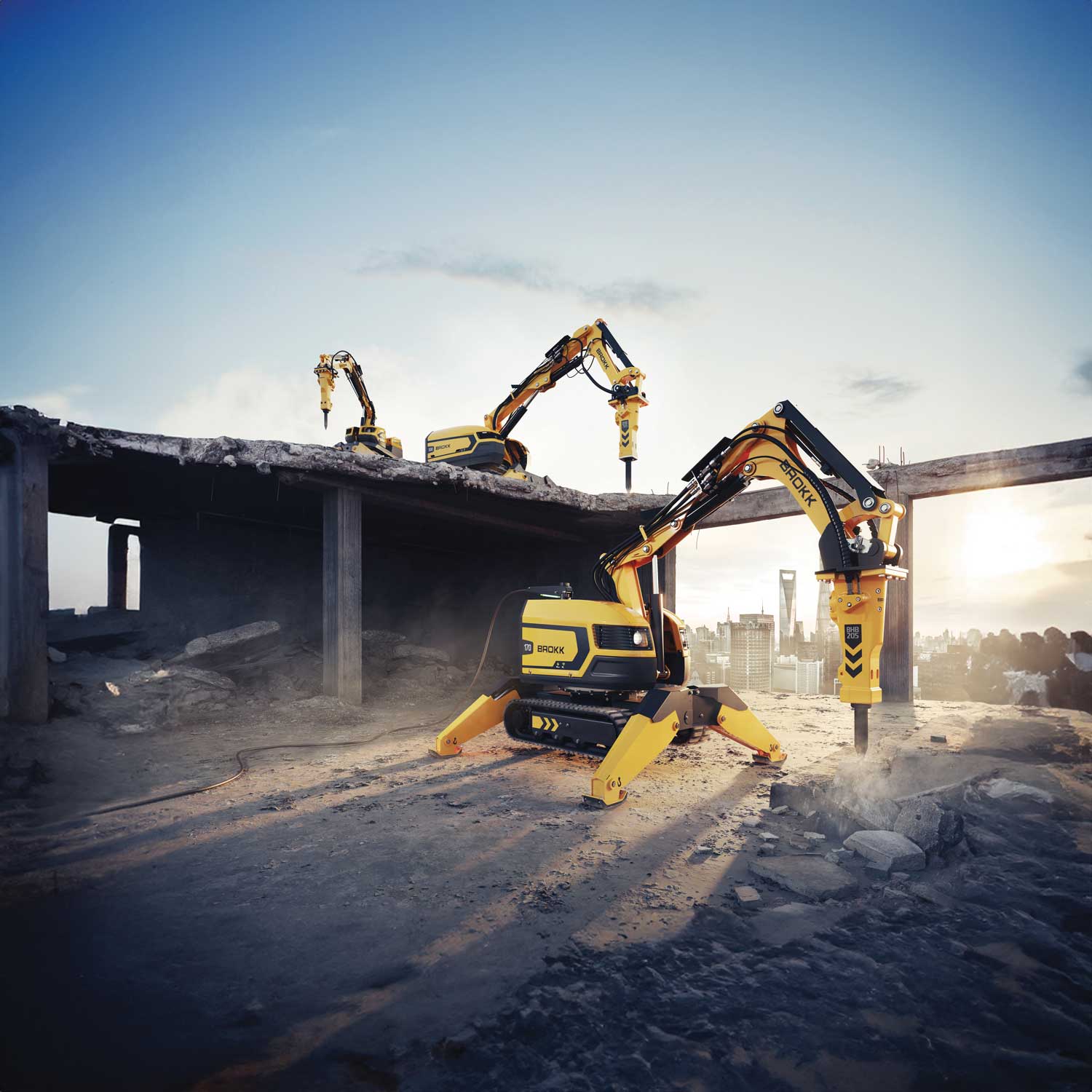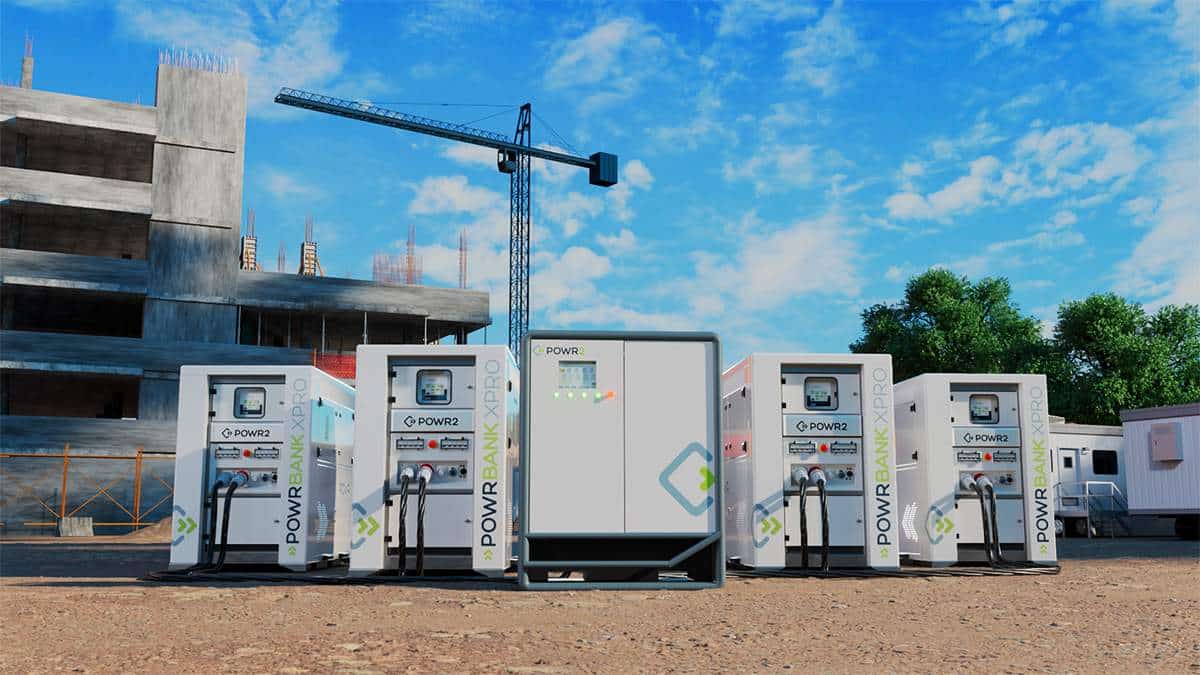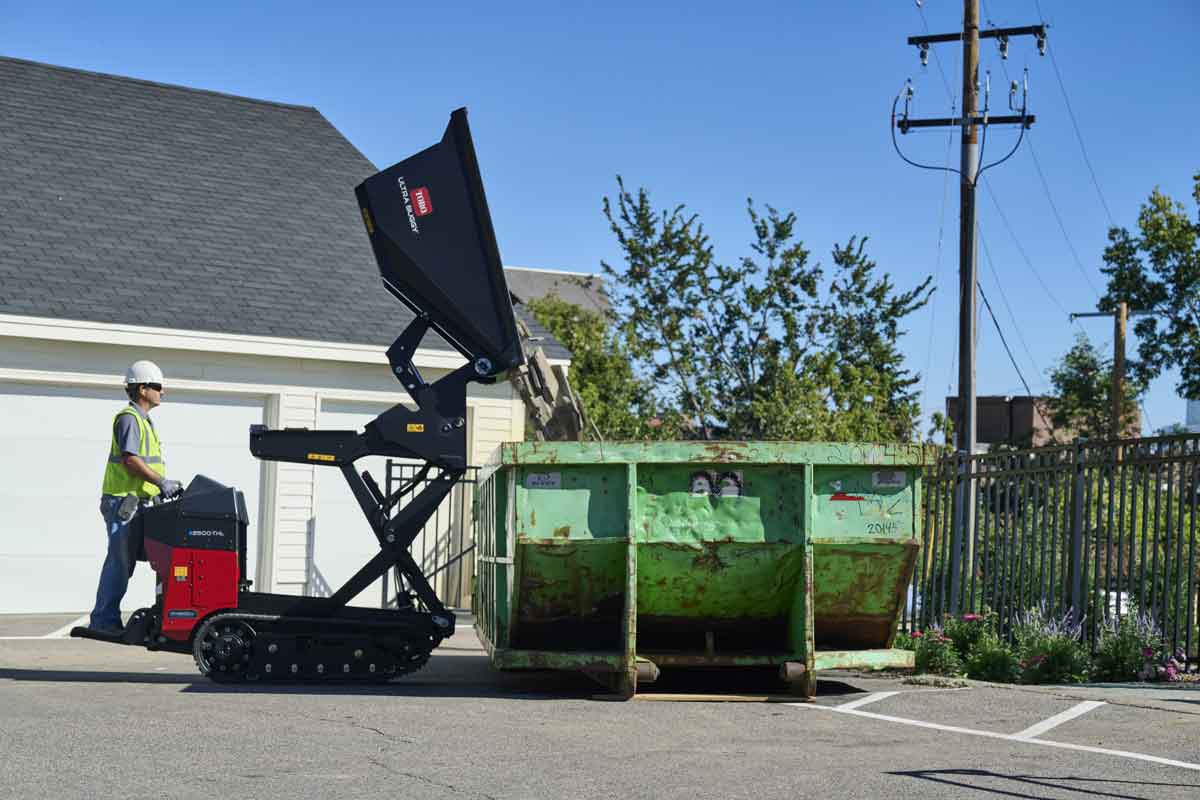What Are the Charging Options for Electric Construction Equipment?

The construction industry is gradually integrating electric equipment into fleets as promising alternatives to their diesel-powered counterparts. The reason this is becoming more popular is that electric heavy equipment offers significant advantages, including lower or zero emissions, reduced operating costs and quieter operation — all of which help companies meet tightening emissions regulations or achieve their own sustainability goals while remaining profitable.
While electric equipment is starting to gain some traction in North America, many companies still have valid questions and concerns around machine charging. The good news is that there’s already a big push for charging solution advancement and expansion for on-road electric vehicles (EVs), and these efforts help propel the development of solutions offered for off-road electric equipment.
Working Toward a Common Goal
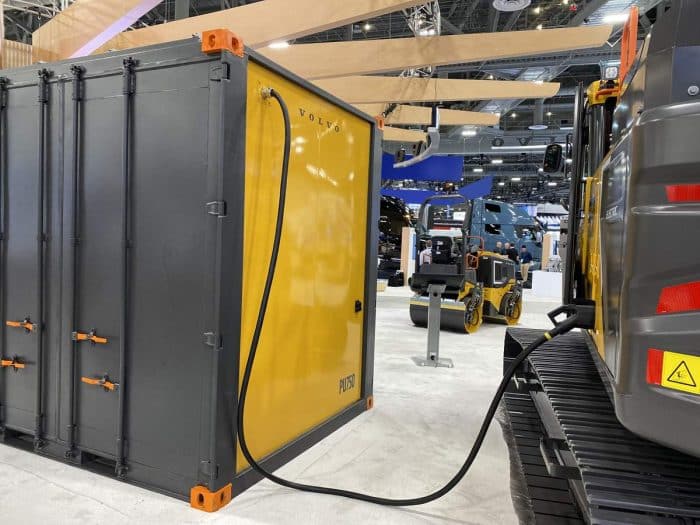
An undertaking this big — and this important — cannot be done successfully in silos. The companies that manufacture the machines, the batteries and the charging products have to work together, including close collaboration with the contractors and government fleets that will use them. At the beginning of the construction industry’s electrification journey, there were no standard charging protocols. It could take any number of plugs, outlets or setups to be able to transition a fleet.
So, as a first step toward solving the problem and increasing transparency in charging, Volvo CE published its own brand-agnostic software protocol and plug specifications for its 48V off-board DC fast chargers. This enabled other OEMs and suppliers to use them in the development of their own charging solutions for compact machines.
Expanding Charging Offerings

Over the last few years, we’ve seen announcements about OEMs and battery or charging solution providers entering partnerships, establishing joint ventures or making investments to further electrification efforts. These collaborations have grown from standardizing specs to the expansion of charging solutions.
Some solutions are meant for jobsites with existing power that can support AC charging and DC fast chargers, which often require access to a 3-Phase, 480V, 60-amp power supply. For remote jobs, there are off-grid, no-connection, freestanding solar chargers, as well as portable solutions that can power equipment and be used as temporary charging stations for other electric tools.
A recent example from Volvo CE is the launch of two new mobile charging units: the PU750 and the PU130. Developed and built by Utility Innovation Group (UIG) in close cooperation with Volvo CE and Volvo Penta, the PU750 allows mid-size electric machines to charge on a variety of jobsites because of its adaptability to multiple infrastructure setups and easy transport on a lowboy trailer. It’s ideal for fast-charging larger equipment onsite without needing a converter or secondary charger.
The PU130, developed in partnership with Portable Electric, is a portable AC and DC fast charger for smaller machines. Using the DC fast charge plugs, the PU130 can bring a compact machine’s battery from empty to full in under an hour while also providing site power. While these aren’t Volvo’s first or last mobile charging unit collaborations, they’re further proof that manufacturers are committed to working together to provide the best solutions possible for a lower carbon industry.
More than Charging
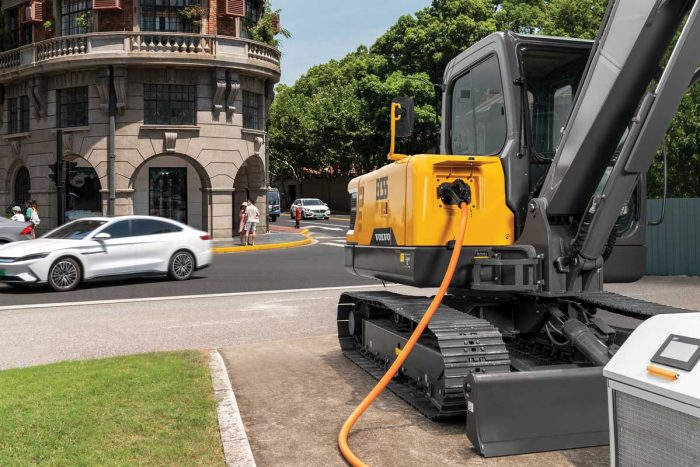
The aforementioned partnerships in charging infrastructure should help solidify a future with more electric heavy equipment on jobsites — but owners and operators have a stake in this too.
The way electric machines are charged and used impacts runtimes, job completion deadlines and overall battery degradation. To get the most out of the batteries, operators should follow OEM-provided tips like these:
- Keep an electric machine at around 90 percent state of charge and refrain from charging up to 100 percent too often.
- Don’t let the battery get too low. If you aren’t going to use the machine for an extended period, keep it around 40 to 50 percent (a fully charged battery has a higher self-discharge rate).
- Try to use an AC slow charger at least once a week and let the battery management system balance the battery packs.
- Pre-condition your machine, particularly during cold months. This may involve warming up to an appropriate temperature range to enhance the efficiency of the charging process. With pre-conditioning, the battery’s internal temperature is brought to an ideal level, allowing more effective charging and potentially extending overall battery life.
- Schedule charging in shorter intervals and during work slowdowns to maximize charging efficiency and charger utilization.
The best charging option for battery life is Level 2 AC charging, also known as slow charging, versus DC rapid charging — but both are acceptable depending on the user’s needs. Fast charging won’t kill a battery, but the life of the battery can be extended with slower charging. We don’t yet know how long the batteries will last in all applications because the technology is so new, but it’s estimated that a quality-built battery will likely last around 10 years.
Another thing to keep in mind is that lithium-ion technology is far superior to the old lead-acid or nickel-cadmium technology we sometimes think of with regard to electric vehicles. Lithium-ion batteries have no memory effect, they’re maintenance-free, rapid charging is possible and they experience less loss of power in cold temperatures.
Making small adjustments to the way machines are charged and used on a daily basis can have a broader impact overall. How you charge impacts how often they need to be charged. Ultimately, it’s better to have fewer machines plugged into the grid if they don’t have to be.
The Charging Outlook in North America

Today, charging infrastructure development is primarily driven by on-road EVs. As more models come out, better charging infrastructure will become available and the learnings can be applied in off-road industries. Electric isn’t a fad — it’s here to stay. We can expect charging infrastructure to remain a top priority for the EV industry, construction industry and many others. And of course, manufacturers and their partners will continue to research, develop and provide a wider range of charging options in the coming months and years.
Electric construction equipment is on the rise. Learn all about the exciting products leading the charge.

